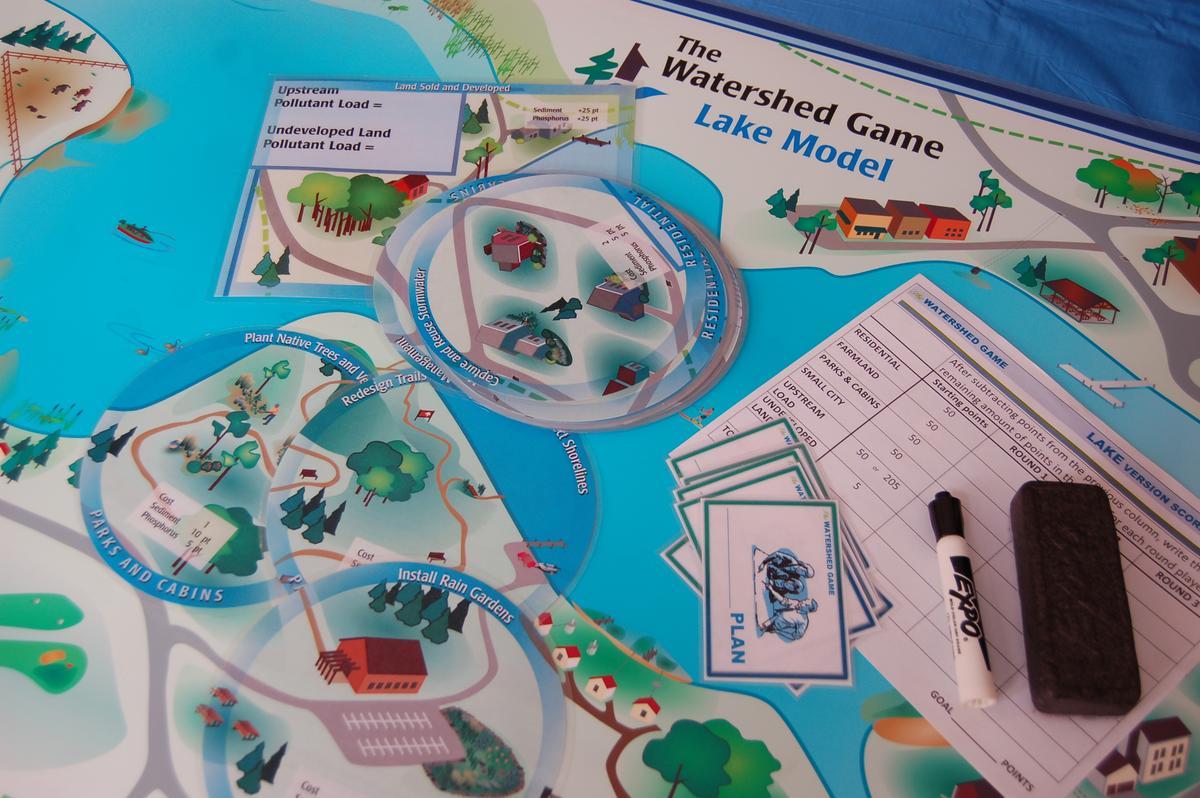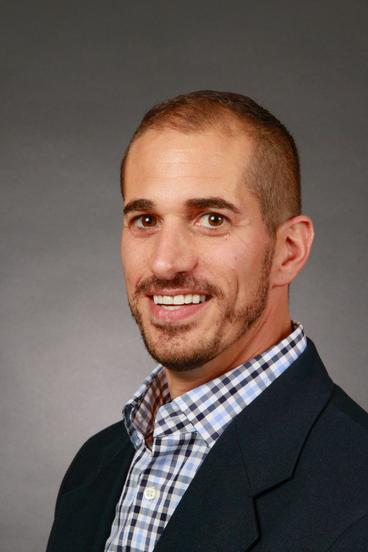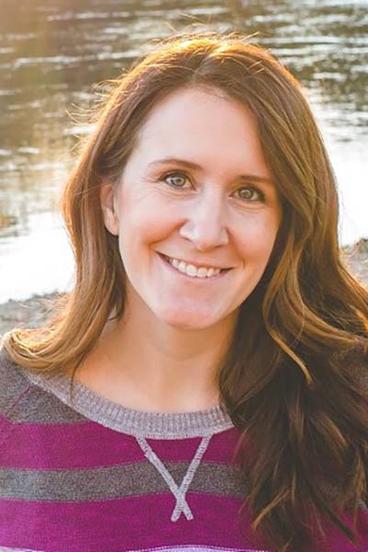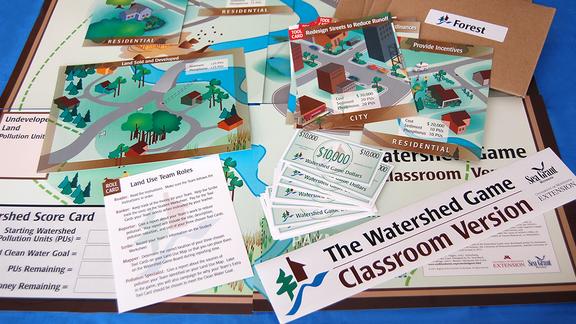Program Staff
Program News
Partners
- Georgia Sea Grant, Sea Grant Programs
- Louisiana Sea Grant, Sea Grant Programs
- Mississippi-Alabama Sea Grant Consortium, Sea Grant Programs
- National Oceanic and Atmospheric Administration, Office for Coastal Management, Federal Government
- University of Minnesota, Water Resources Center, Academic Institution (College and University)
Media Mentions
Changed



